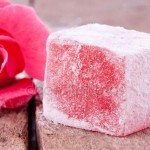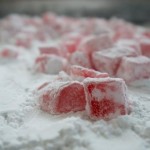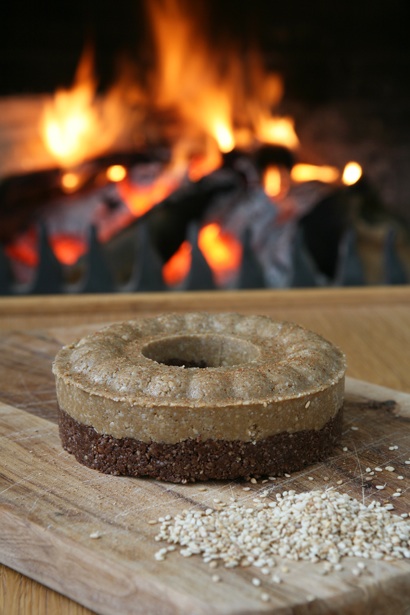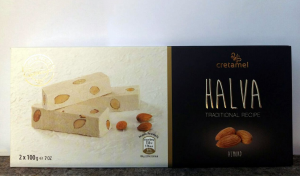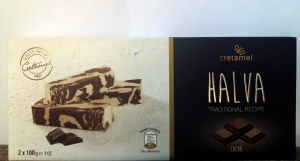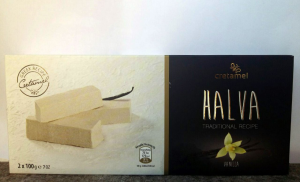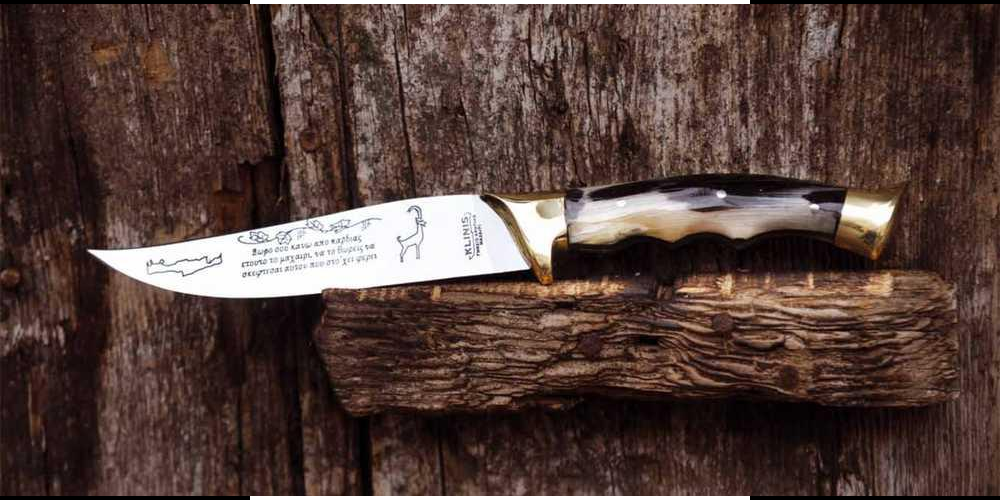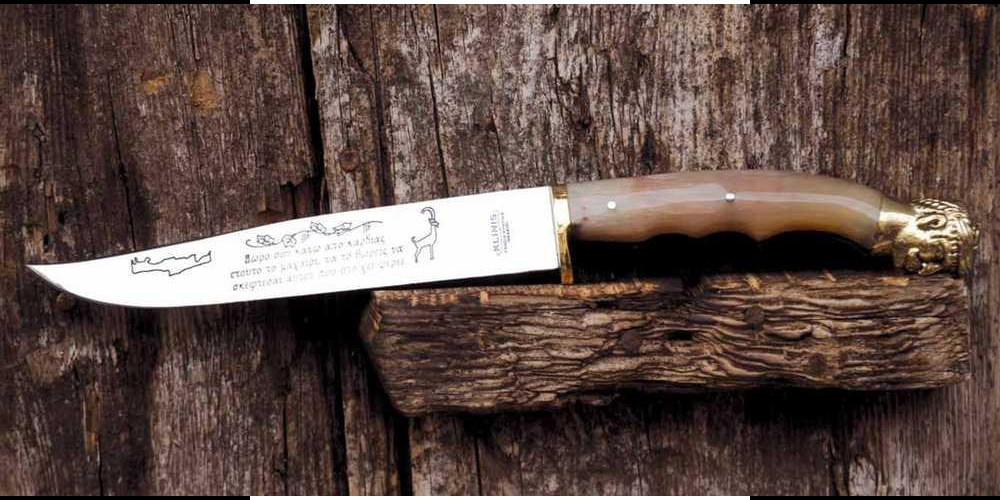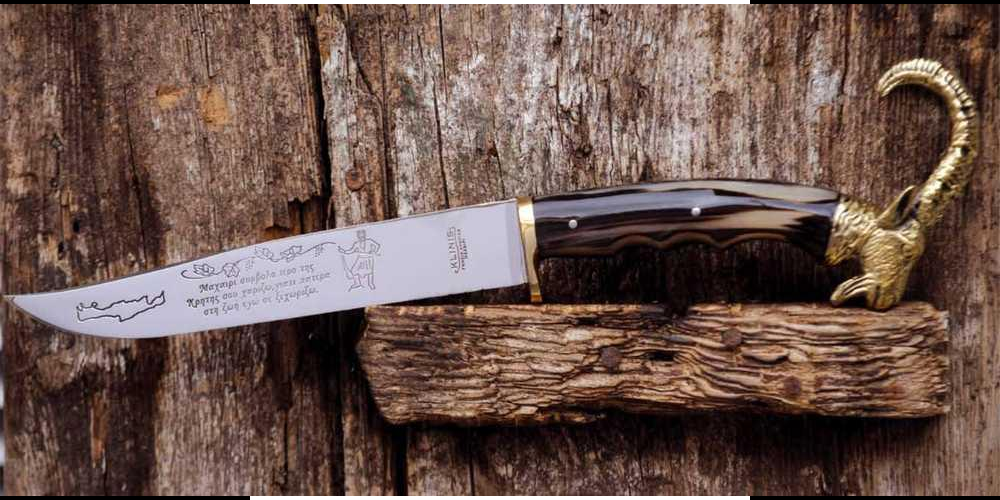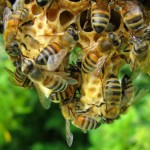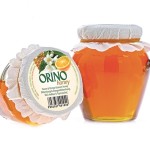We can make tsikoudia in our house as long as there is appetite and passion for creation!

We need
Grapes ripe and clean, the more sweet grapes the more tsikoudia will give.
Plastic containers, open from top and closed with lid.
Ambuka, retriever (we can find a shop with agricultural supplies but we can also make ourselves with an old pressure cooker).
Alcohol measurement track.
And we begin:
Step 1
We clean the grapes from any rotten
Step 2
We push the grapes to the same degree that the berries break and put them in the pot.
Allow 20-30 cm of vacuum from the top to avoid overflowing with boiling.
Lay up clean and washed blocks and clean them with clean and washed stones or marbles. (no metals)
Cover the container without storing it for the boil fumes to escape.
We check it every day.
Step 3
After 20-30 days of boiling, the sugars have been converted into alcohol, we set the retort.
Put the grapes in the retort mixed with the juice, seal it and boil it on medium heat.
Once boiled, lower the heat to make distillation slowly.
We check the container with the water that passes the spiral with the steam, always be cold and refresh it to make the liquefaction complete.
We start collecting raki that is 25-28-30 degrees. This depends on how sweet the grapes were, raki will start with high points.
As the distillation progresses, the grades are lowered, they will go down to 15-14-13 until ‘’water’’ runs. So we put the raki together in a pot and we measure it at intervals and when we see that it has around 18-19 degrees we stop distilling.
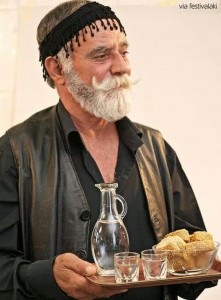
However, the easiest way to drink raki, is to visit www.cretaneshop.gr to buy the best quality!
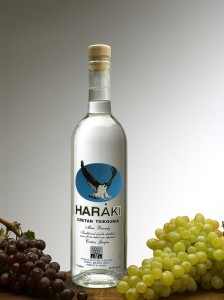
image source: here

